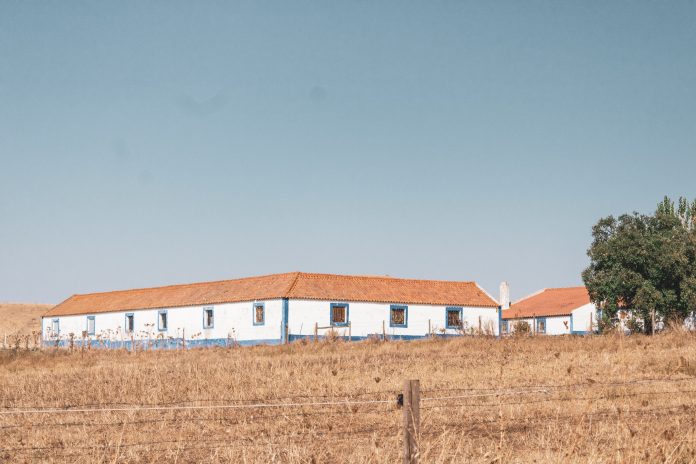The Alentejo is located between the Tagus river and Algarve. This unique region features amazing beaches, golden plains, rolling hills, and some of Portugal’s best wineries and restaurants.
Many make the mistake of only spending a day or two in the Alentejo. However, they are missing out! We recommend spending at least 1 week in the Alentejo, if not more.
Our 7 Day Alentejo Itinerary allows you to explore the region in 1 week, stopping at the best spots. This itinerary is best traveled by car, so we definitely recommend renting a vehicle.
Day 1: Marvāo
We recommend starting your Alentejo trip in Marvão. Located in the Parque Natural da Serra de São Mamede between Castelo de Vide and Portalegre, just a few kilometers away from Spain, Marvão is a hill-top town known for its scenic landscape and inviting locals. This town is made up of narrow streets with typical Alentejo houses made of local granite, as well as Gothic arches and Manueline windows.
Your first stop in Marvão should be the Castle of Marvão, which was once a point of strategic defense. Sitting upon a hill with steep slopes to the north, south, and the west, this castle is a prominent one that calls your attention. Head to the Torre de Menagem of the castle for one of the best views in Marvão.
If you happen to be visiting the Alentejo in the fall, the Chestnut Fair is a Marvão celebration that occurs on the second weekend of November. This is one of the largest attractions in town.
We also recommend heading to Santa Maria Church, the largest church that is known for its stunning bell tower. Sunday mass is had here every week, held on a beautiful altar.
Best Restaurants in Marvāo
- O Castelo
- Fago
- Restaurante Dom Miguel
- Natural Bar
- Restaurante Varanda do Alentejo
Best Hotels in Marvão
Day 2: Évora
Our next stop would be Évora. You cannot go to Alentejo without visiting the city, the capital of the region. The landmarks in the Historic Center of Évora were primarily built in the 15th century, while the famous Roman Temple was constructed around the first century A.D.
Évora’s history is thus incredibly rich. The Historic Center of Évora was listed as a UNESCO World Heritage Site in 1986 due to its significant historical events, from the 16th century as a time of religious influence and urban planning to the concentric growth of the town in the 17th century.
There’s so much to do in Évora. Head to the Roman temple of Évora, also known as Diana’s temple, which is believed to have been built in the 1st century AD. Its surviving columns have survived over 2.000 years, being themselves a monument of masonry.
Another great activity is the Roman Baths which feature an open-air swimming pool, a sunken room with a circular steam bath, and a furnace that was once used as a central heating system.
Praça do Giraldo is another beautiful location in Évora, a square that is the living heart of the city. You will find beautiful archways and typical Alentejo walls surrounding the square.
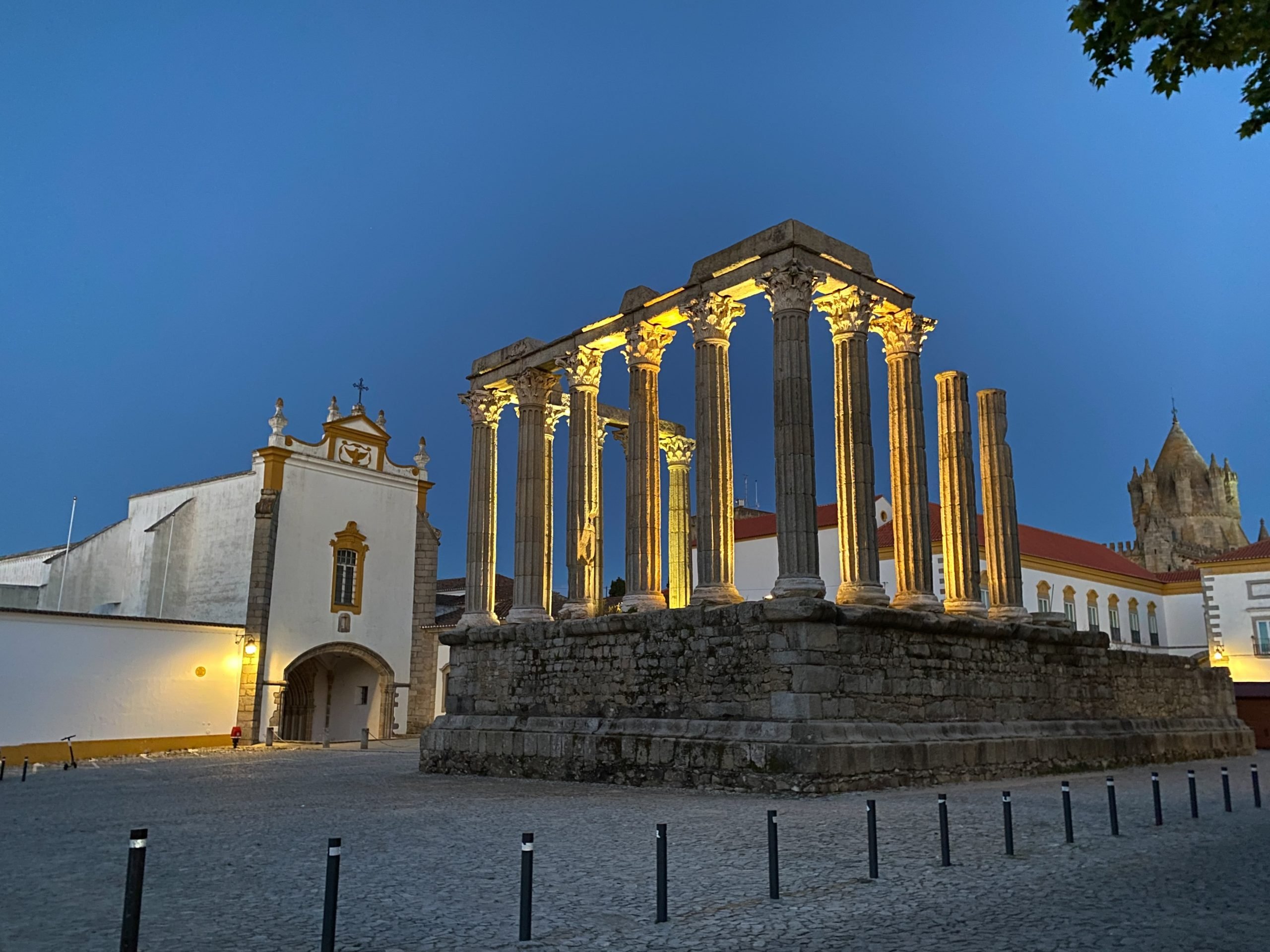
Best Restaurants in Évora
- Botequim da Mouraria
- 5amendoas
- A Bruxa D’Évora
- Fialho
- Taberna Típica Quarta-feira
Best Hotels in Évora
Day 3 & 4: Comporta
A 1h20 hour from Évora lies the quaint town of Comporta. Comporta is located in the old district of Setubal, at the base of the Troia Peninsula. This is a popular place for vacationing in Portugal, but that is a lot less busy than the Algarve.
The main activity in Comporta – the incredible beaches. You might even see some dolphins. We thus recommend spending the next two days relaxing on the beach and discovering amazing restaurants.
The best beaches to visit in Comporta are the classic Praia da Comporta and Praia do Pego. Praia da Comporta is hidden behind pine forests and sand dunes and features a beach bar with a DJ.
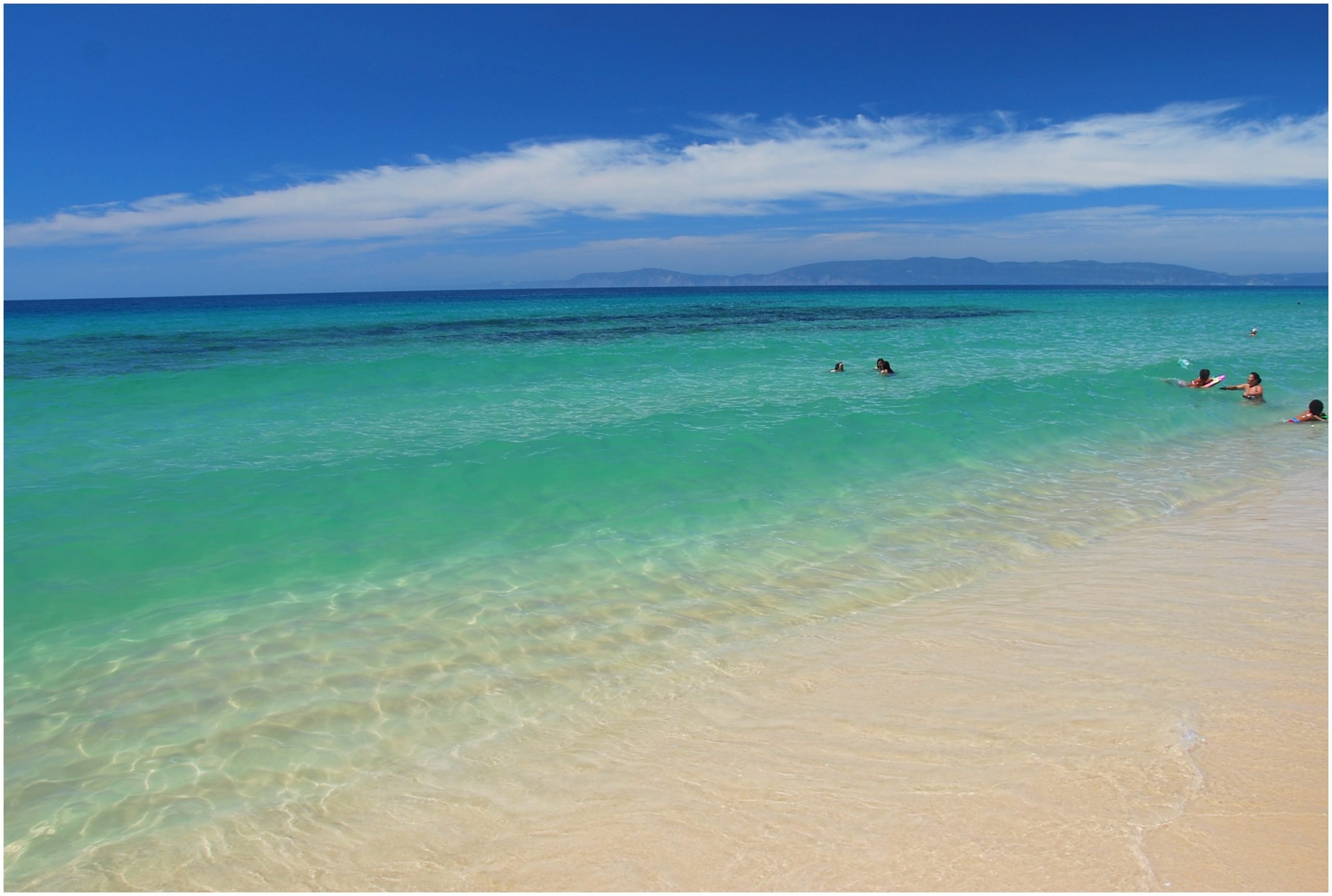
Best Restaurants in Comporta
- Comporta Cafe
- Dona Bia
- Gomes Casa de Vinhos & Petiscos
Best Hotels in Comporta
Day 5: Beja
Beja sits on a 900 feet hill, overviewing the plains of the Baixo Alentejo. As Beja has not yet been discovered by mainstream tourism, it is the perfect place to go for a quiet but traditionally Portuguese trip.
The town was inhabited back in the Celtic times and later named Pax Julia by Julius Caesar in 48 BCE. The Visigoths also took over Beja at one time, but it was then taken by the Umayyad army in 713. It was named Baja in Arabic, which eventually became Beja!
We recommend heading to Beja castle, which was built somewhere between the beginning of the third century and the end of the fourth century. The castle was made a National Monument and is the heart of the city of Beja.
Also, head to the Botanical Museum located in the Beja Agricultural School, which is committed to the conservation and study of economic and ethnobotanical botany. You can learn about the different use of plants, such as medicinal herbs and coloring agents, as well as discover diverse species.
A trip to Beja should also include a wine tasting. The Alentejo is one of the main wine-producing regions of Portugal. Therefore, heading to a wine tasting in Beja is a must. Alentejo wine is thought to have started by the Romans in clay hoops. Today, many Alentejo wines are classified as DOCs, meaning Controlled Origin Denomination, a high-quality classification.
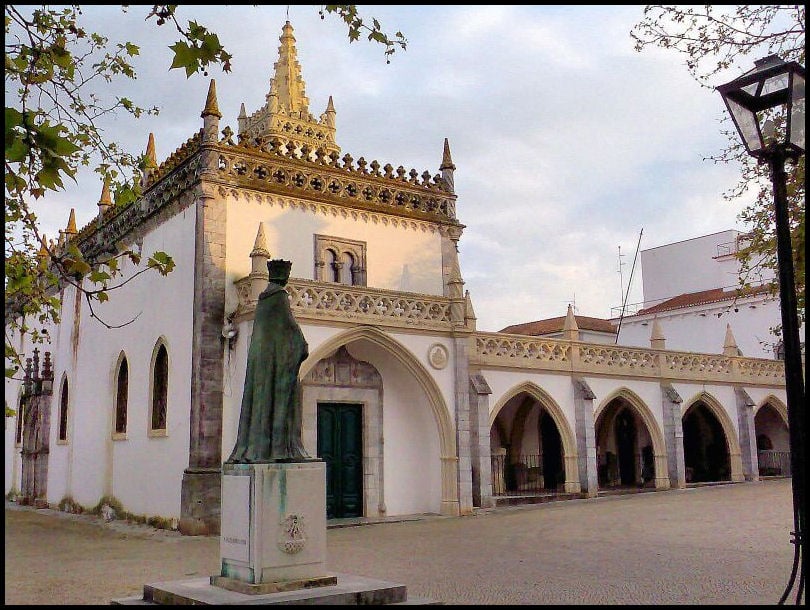
Best Restaurants in Beja
Intimo
Dom Dinis
Herdade dos Grous
Pulo do Lobo
Adega Tipica
Best Hotels in Beja
Aljana Guest House Beja
Imperio Romano Guest House
Maria’s Guesthouse
Guest House Stories
Pousada Convento de Beja
Day 6 & 7: Vila Nova de Milfontes
Vila Nova de Milfontes is located on the mouth of the Mira Riva and is surrounded by the Southwest Alentejo and the Vicentine Coast Natural Park. The town has some of the best beaches in Portugal, as well as a picturesque village and harbor with fishing boats.
Spend the next two days relaxing on the Vila Nova beaches, while taking time to explore the town. The best beaches to visit in Vila Nova de Mil Fontes are Praia da Franquia, Praia das Furnas, and Almograve, 10 kilometers away.
When you feel like exploring the town, head to St. Clement Fort, a fort built in the 17th century that is now an exclusive hotel. We also recommend discovering the great restaurants, artisan shops, and patisseries in the town center and enjoy the Moorish architecture of the buildings.
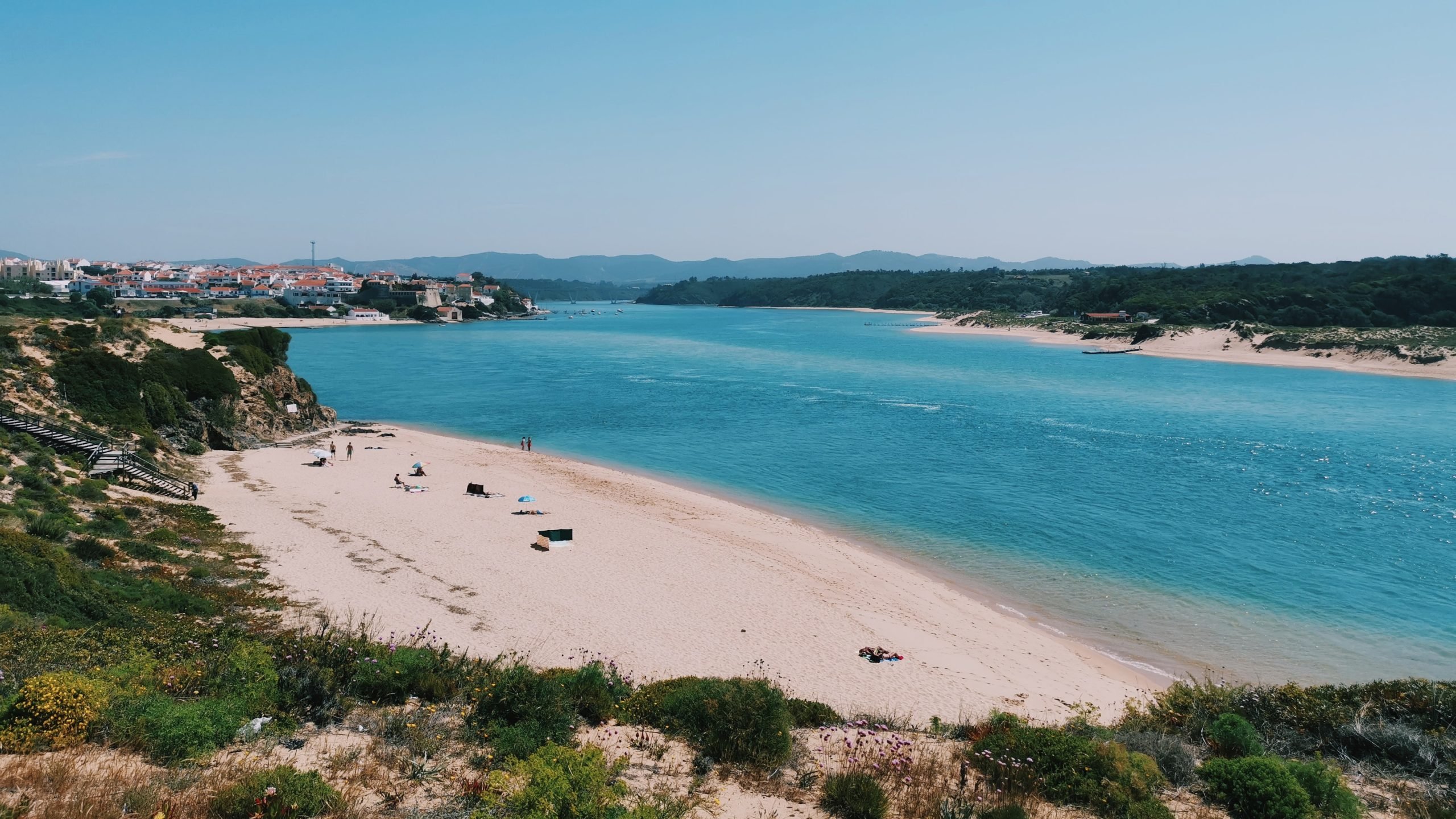
Best Hotels in Vila Nova de Milfontes
Best Restaurants in Vila Nova de Milfontes
- Tasca do Celso
- 100 Espinhas
- Porto das Barcas
- Patio Alentejano

